FALSE! Black unemployment is NOT historically lower under Trump.
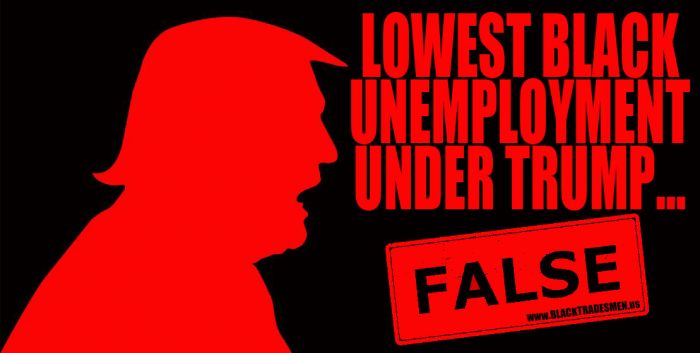
Regardless of whether the black unemployment rate goes up or
down in a given month or year, president Trump celebrates it as the “lowest in
history.”
The idea that black unemployment was at its
lowest point on record since 1972, when the rate declined to 5.9% May 2018, was
completely erased when black unemployment rates shot back up to nearly 7% in February
of 2019.
In fact, according to history black
unemployment was lower in 1969, and some reports show it was lower in the
1950s.
Yet president Trump continues to talk about it as the lowest
rate in history. Why?
F.Y.I. The unemployment rate is based on the number of unemployment
claims made with the state. Most of those who are unemployed long term, work
part time, are a contractor, or have a job in Obama’s ‘gig economy’ like as an Uber or Lyft driver,
aren't eligible for unemployment benefits.
In other words, potential workers no longer eligible to file
unemployment claims, as well as people who weren't laid off from the right kind
of full-time job, are not included in federal unemployment figures; the one’s
Trump brags about.
PART 1: THE EMPLOYMENT GAP
BETWEEN BLACK & WHITE WORKERS
For the last 40 years, the black unemployment rate has been
about double the white unemployment rate, and, instead of
focusing on solutions to close this constant, and historic gap between black
& white workers, president Trump, and other politicians, instead blindly
celebrate the black unemployment rate, which is actually higher than any other
race reported in the United States.

Moreover, even at an annual rate of 6.6%, the black unemployment rate is still consistently more than double the white unemployment rate of 3.2% in 2018. In fact, the last time the white unemployment rate was 6.6% was in 2012, when the black unemployment rate was at a staggering 14%.
If white unemployment levels were anywhere near this high, it would be considered a national crisis.
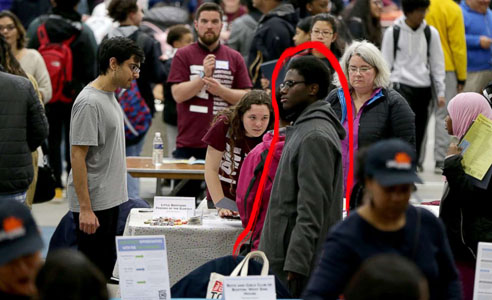
The black unemployment rate peaked at 16.8 percent in March
2010, and during that year, unemployment rates for black men specifically
in some major U.S. cities, such as Chicago, New York, and Los Angeles, peaked higher then 30%,an unimaginable reality for any person of working age.
According to the’ Council of Economic Advisers’ (CEA) “there has historically been a wide gap in employment rates between black and white prime-age adults” and that “it currently appears to be driven primarily by the employment disparity for males across the two races, rather than females.”
Economists also point to systemic biases in hiring and
firing that puts black workers at a disadvantage, this gap in employment is due in much
part to “labor market discrimination,” the “first fired, last hired” phenomenon,
and “the lasting effects of higher incarceration rates among black males.”

PART 2: WORKING AGE BLACK MEN WORKING FOR THE STATE, IN PRISON.
Now, when discussing black men of working age (15-53 years old), we
must take note of the black American prison populations, that is currently at
487,300. Black Americans account for 12% of the U.S. adult population, yet
blacks make up 33% of America’s federal and state prison inmates, which is more
than twice their share of the U.S. population.
In contrast, whites accounted for 64% of adults in the U.S.
but 30% of prisoners, according to the Pew Research Center.
Incarcerated people are not counted in unemployment figures.
If they were to be, the unemployed numbers would jump, particularly for blacks,
say many economists. This lack of working age black men in the job market is
destroying black families and communities nationwide.
PART 3: THE WEALTH GAP
THAT KEEPS BLACK WORKERS DOWN.
The jobs that black workers and white workers get do not pay
the same, and all data shows that black workers earn less money and build less
wealth than white workers. The typical full-time black worker still earns about
$12,000 less annually than a white worker.
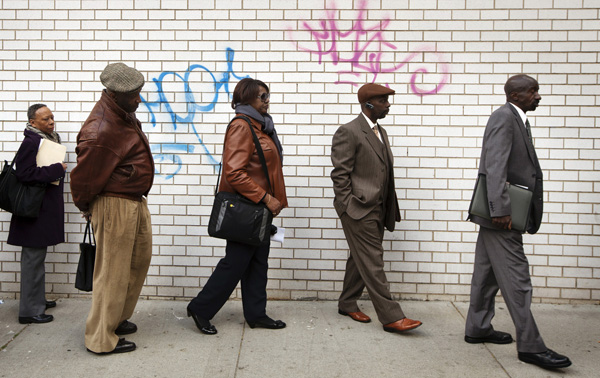
In addition to wages, wealth disparities between black and
white workers are even more disturbing. In 2016, the median wealth of white
Americans was $142,180 compared to $13,460 for black Americans. Currently, the
median black household has about 10 percent of the wealth of the median white
household.
Wealth, which is calculated by combining a person’s home value, savings, and investments, is a cushion that helps families keep themselves afloat during periods of unemployment. And during the 2007 mortgage crisis Black home ownership took a major hit. Today blacks own approx. 32% less homes as compared to white households. Even when black Americans do become homeowners, if the neighborhood they reside is more than 50% black, their homes are valued at nearly half the price of similar homes in mostly white communities.
PART 4: THE REALITY OF THE
NUMBERS STATE BY STATE, CHECK OUT ILLINOIS.
Although president Trump celebrates low unemployment numbers
for blacks, and at every chance spews out the statistics that he has brought
down black unemployment. The White House has not directly addressed the employment
and wage gaps between black and white workers any manner. Nor has the previous
administrations of Barrack Obama, Bush 1&2, Clinton, or any of the other
administrations over the past 40+ years.
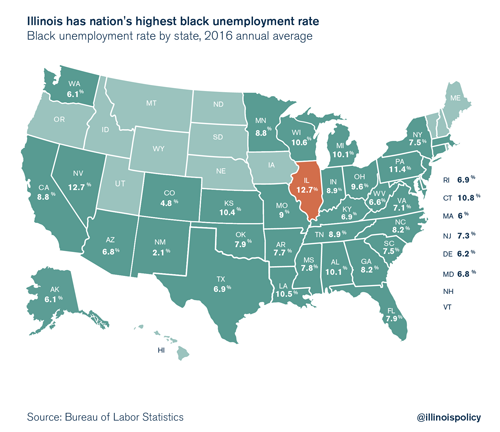
In fact, when further examining black unemployment numbers across the United States we find several states such as Illinois and Nevada that have the highest black unemployment rates in the U.S. according to annual unemployment data released by the federal Bureau of Labor Statistics (BLS).
Illinois’ 12.7 percent black jobless rate is the highest in the U.S., tied with Nevada. However, Illinois’ black population is seven times as large as Nevada’s, meaning Illinois’ crisis is playing out on a much larger scale.
The number of black people working in Illinois has been in
decline since the year 2000. There were 77,000 fewer blacks working in Illinois
in 2016 compared with 2000, a shocking 10% decline in total employment. By
comparison, white & Hispanic employment in Illinois is actually up by
272,000 since 2000, according to the BLS.
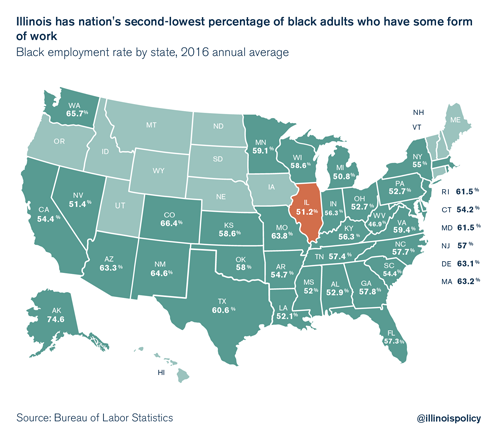
Several other U.S. states show that under 60% of black workers between the ages 35-53 are employed:
West Virginia - 46.9%
Michigan - 50.8%
Illinois - 51.2%
Nevada - 51.4%
Mississippi - 52%
Louisiana - 52.1%
Alabama - 52.9%
Pennsylvania - 52.7%
Ohio - 52.7%
Connecticut - 54,2%
South Carolina - 54.4%
California - 54.4%
New York - 55%
Kentucky - 56.3%
Indiana - 56.3%
Florida - 57.3%
Tennessee - 57.4%
North Carolina - 57.7%
Georgia - 57.8%
Oklahoma - 58%
Wisconsin - 58.6%
Kansas - 58.6%
Montana - 59.1%
Virginia - 59.4%
THESE NUMBERS OF BLACK EMPLOYMENT IN SEVERAL STATES IS AT CRISIS LEVELS, yet many state Assemblies and governors have largely ignored these statistics.
BLACK WORKERS DESERVE MORE, THEY DESERVE BETTER!
Even as the U.S. economy continues to grow, black workers still see their wages stagnant, their working age men locked in cages and unable to earn a living wage for their families, and black home ownership considerably lower than white workers, and Hispanic workers.It will take more than a couple of years of Trump’s economy to close the nations historic racial wage gaps, and compensate for years of lower incomes, and lower wealth for black workers.
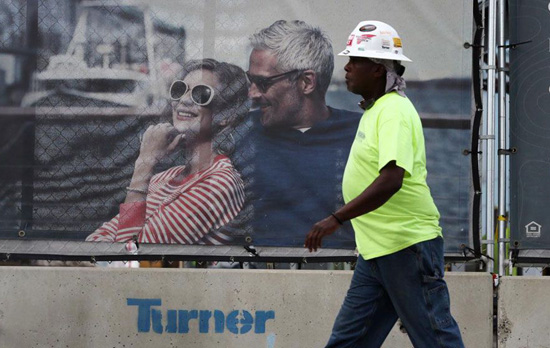
“We should never celebrate the fact that black folks are
just working,” said Andre M. Perry, an expert at the Brookings Institute, told
the Washington Post in an interview. “It’s like saying: ‘Look, you have a job.
Why should you complain?’ And I think that’s what Trump is signaling. He’s
saying to the black community, 'Look what I’ve given you,’ and not necessarily
saying, ‘Let’s look at the percentage of people in poverty, let’s look at the
percentage of people rising to the middle class.'
“Are black folks getting the kinds of jobs that are
propelling them to the middle class? No, they are not,” says Perry. “You still
see that gap in the unemployment rate, and you still see that gap in median
income.”
